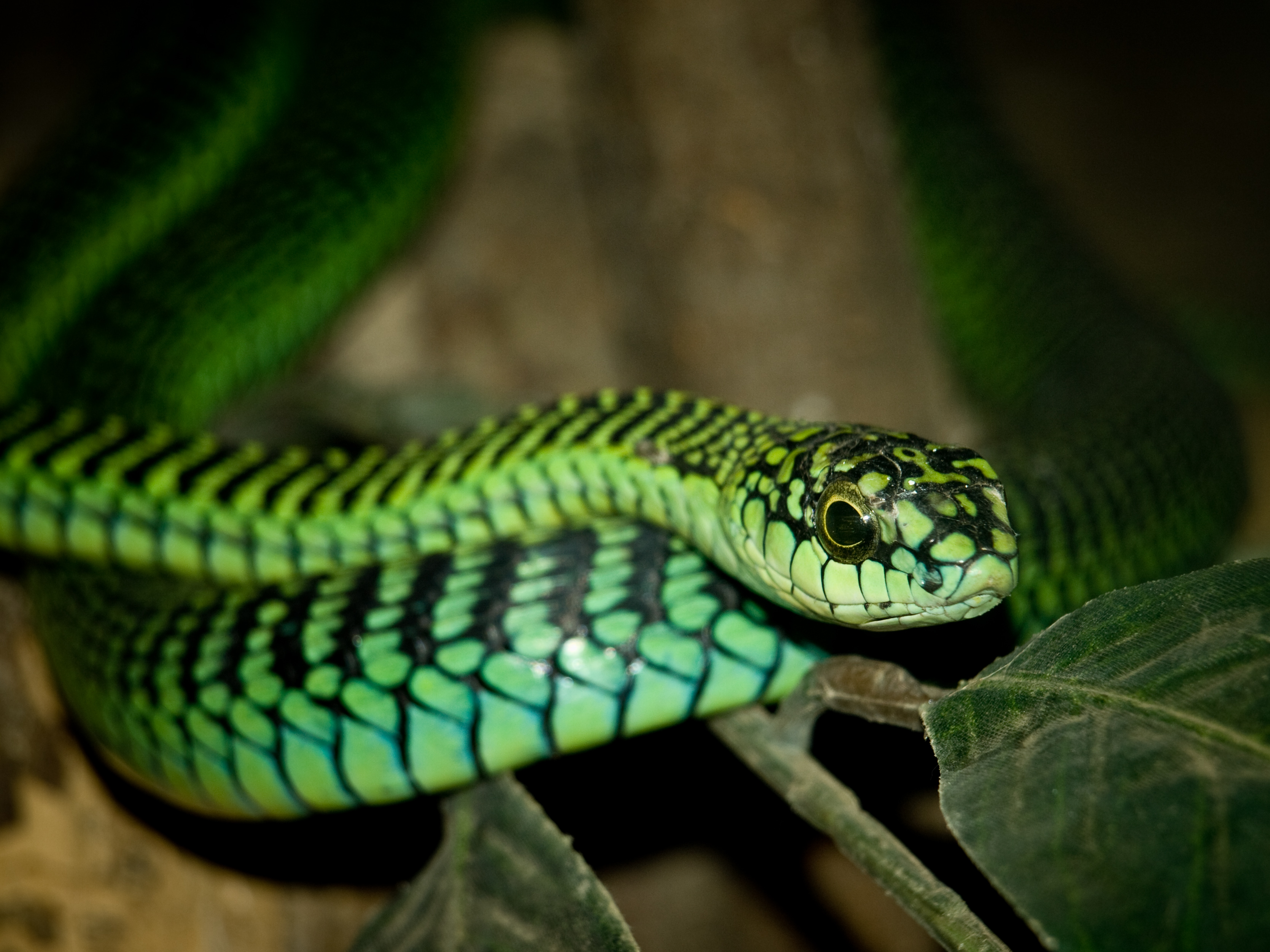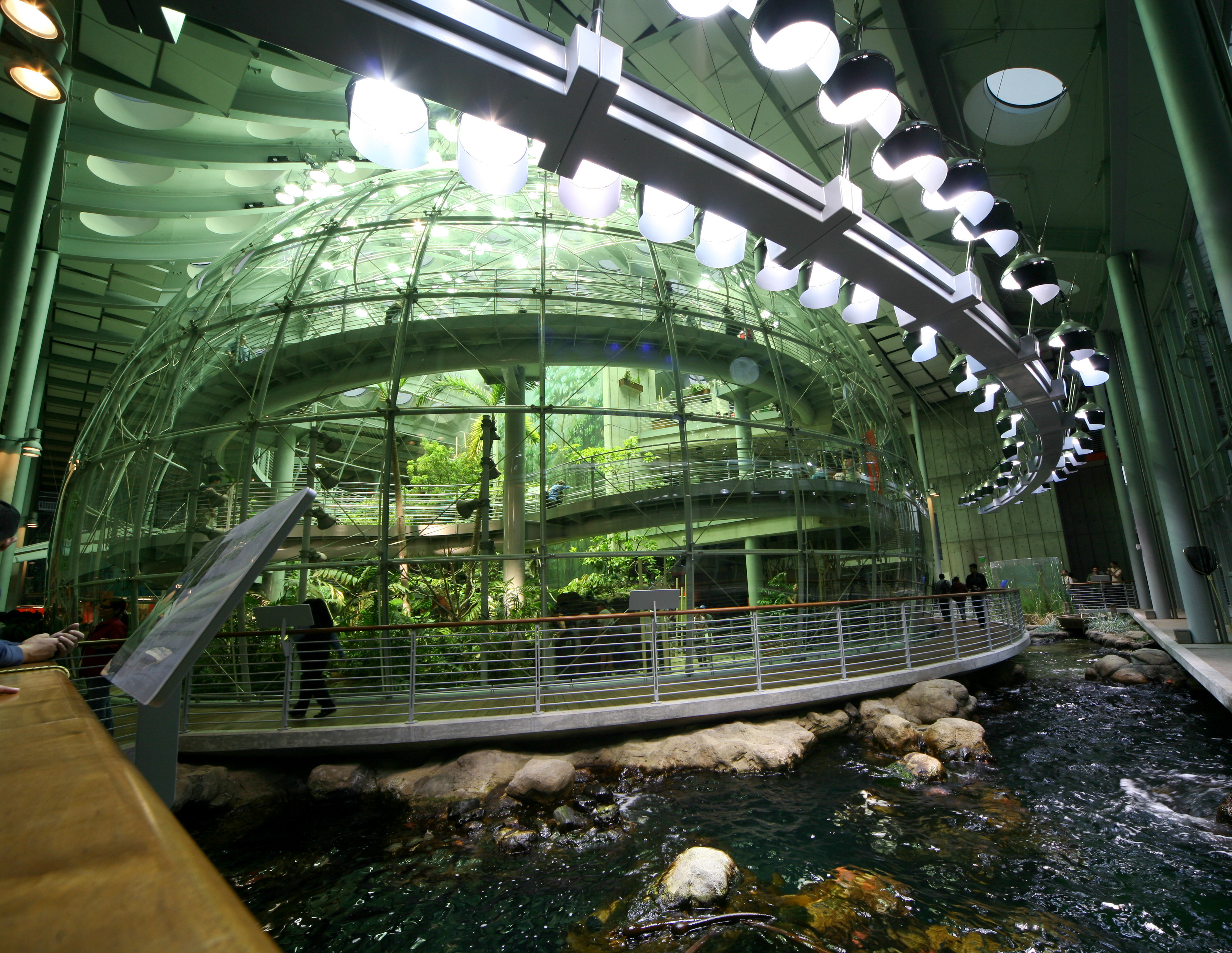|
Scincella Vandenburghi
''Scincella vandenburghi'', also known commonly as the Korean skink, the Tsushima ground skink, and the Tsushima smooth skink, is a species of skink, a lizard in the family Scincidae. The species is endemic to East Asia Geographic range ''S. vandenburghi'' is found on the Korean peninsula and on Tsushima Island, Japan. Taxonomy ''Scincella vandenburghi'' may be a synonym of ''Scincella modesta''. Etymology ''S. vandenburghi'' is named after John Van Denburgh, curator of herpetology at the California Academy of Sciences.Beolens, Bo; Watkins, Michael; Grayson, Michael (2011). ''The Eponym Dictionary of Reptiles''. Baltimore: Johns Hopkins University Press. xiii + 296 pp. . (''Scincella vandenburghi'', p. 271). Habitat ''S. vandenburghi'' inhabits temperate forests where it can be found on the forest floor. Reproduction ''S. vandenburghi'' is oviparous Oviparous animals are animals that lay their eggs, with little or no other embryonic development within the mother. This i ... [...More Info...] [...Related Items...] OR: [Wikipedia] [Google] [Baidu] |
Karl Patterson Schmidt
Karl Patterson Schmidt (June 19, 1890 – September 26, 1957) was an American herpetologist. Family Schmidt was the son of George W. Schmidt and Margaret Patterson Schmidt. George W. Schmidt was a German professor, who, at the time of Karl Schmidt's birth, was teaching in Lake Forest, Illinois. His family left the city in 1907 and settled in Wisconsin. They worked on a farm near Stanley, Wisconsin, where his mother and his younger brother died in a fire on August 7, 1935. The brother, Franklin J. W. Schmidt, had been prominent in the then-new field of wildlife management. Karl Schmidt married Margaret Wightman in 1919, and they had two sons, John and Robert. Education In 1913, Schmidt entered Cornell University to study biology and geology. In 1915, he discovered his preference for herpetology during a four-month training course at the Perdee Oil Company in Louisiana. In 1916, he received the degree of Bachelor of Arts and made his first geological expedition to Santo ... [...More Info...] [...Related Items...] OR: [Wikipedia] [Google] [Baidu] |
John Van Denburgh
John Van Denburgh (August 23, 1872 – October 24, 1924) was an American herpetologist from California (who also used the name Van Denburgh in publications, hence this name is used below). Biography Van Denburgh was born in San Francisco and enrolled at Stanford University in 1891. As of 1895, he organized the herpetology department of the California Academy of Sciences. In 1897, he received a Ph.D. from Stanford University and earned a M.D. from Johns Hopkins in 1902. Subsequently, he practiced medicine in San Francisco, while again serving as curator of the herpetological collections of the California Academy of Sciences. After the San Francisco earthquake of 1906 he was instrumental in rebuilding the lost herpetology collections through new expeditions and also acquisitions of other collections. In 1922, he published the two-volume ''The Reptiles of Western North America''. He died in 1924 while on vacation in Honolulu, Hawaii. Taxa named by and in honor of Van Denburgh V ... [...More Info...] [...Related Items...] OR: [Wikipedia] [Google] [Baidu] |
Lizards Of Asia
Lizards are a widespread group of squamate reptiles, with over 7,000 species, ranging across all continents except Antarctica, as well as most oceanic island chains. The group is paraphyletic since it excludes the snakes and Amphisbaenia although some lizards are more closely related to these two excluded groups than they are to other lizards. Lizards range in size from chameleons and geckos a few centimeters long to the 3-meter-long Komodo dragon. Most lizards are quadrupedal, running with a strong side-to-side motion. Some lineages (known as "legless lizards"), have secondarily lost their legs, and have long snake-like bodies. Some such as the forest-dwelling '' Draco'' lizards are able to glide. They are often territorial, the males fighting off other males and signalling, often with bright colours, to attract mates and to intimidate rivals. Lizards are mainly carnivorous, often being sit-and-wait predators; many smaller species eat insects, while the Komodo eats mammals ... [...More Info...] [...Related Items...] OR: [Wikipedia] [Google] [Baidu] |
Reptiles Of Korea
Reptiles, as most commonly defined are the animals in the class Reptilia ( ), a paraphyletic grouping comprising all sauropsids except birds. Living reptiles comprise turtles, crocodilians, squamates (lizards and snakes) and rhynchocephalians (tuatara). As of March 2022, the Reptile Database includes about 11,700 species. In the traditional Linnaean classification system, birds are considered a separate class to reptiles. However, crocodilians are more closely related to birds than they are to other living reptiles, and so modern cladistic classification systems include birds within Reptilia, redefining the term as a clade. Other cladistic definitions abandon the term reptile altogether in favor of the clade Sauropsida, which refers to all amniotes more closely related to modern reptiles than to mammals. The study of the traditional reptile orders, historically combined with that of modern amphibians, is called herpetology. The earliest known proto-reptiles originated around ... [...More Info...] [...Related Items...] OR: [Wikipedia] [Google] [Baidu] |
Reptiles Of Japan
Reptiles, as most commonly defined are the animals in the class Reptilia ( ), a paraphyletic grouping comprising all sauropsids except birds. Living reptiles comprise turtles, crocodilians, squamates (lizards and snakes) and rhynchocephalians (tuatara). As of March 2022, the Reptile Database includes about 11,700 species. In the traditional Linnaean classification system, birds are considered a separate class to reptiles. However, crocodilians are more closely related to birds than they are to other living reptiles, and so modern cladistic classification systems include birds within Reptilia, redefining the term as a clade. Other cladistic definitions abandon the term reptile altogether in favor of the clade Sauropsida, which refers to all amniotes more closely related to modern reptiles than to mammals. The study of the traditional reptile orders, historically combined with that of modern amphibians, is called herpetology. The earliest known proto-reptiles originated around 31 ... [...More Info...] [...Related Items...] OR: [Wikipedia] [Google] [Baidu] |
Scincella
''Scincella'' is a genus of lizards in the skink family, Scincidae, commonly referred to as ground skinks. The exact number of species in the genus is unclear, as taxonomic reclassification is ongoing, and sources vary widely. ''Scincella'' species primarily range throughout the temperate regions of the world and are typically small, fossorial lizards, which consume a wide variety of arthropods. They are a generalized insectivore with well developed chemosensory abilities. Species The genus ''Scincella'' contains the following 38 recognized species: *''Scincella apraefrontalis'' - Huulien ground skink *''Scincella assata'' - red forest skink *''Scincella badenensis'' - Baden ground skink *''Scincella baraensis'' *''Scincella barbouri'' (Stejneger, 1925) - Barbour's ground skink *'' Scincella boettgeri'' ( Van Denburgh, 1912) - Boettger's ground skink *''Scincella capitanea'' Ouboter, 1986 - large ground skink *''Scincella caudaequinae'' ( H.M. Smith, 1951) - Horsetai ... [...More Info...] [...Related Items...] OR: [Wikipedia] [Google] [Baidu] |
Oviparous
Oviparous animals are animals that lay their eggs, with little or no other embryonic development within the mother. This is the reproductive method of most fish, amphibians, most reptiles, and all pterosaurs, dinosaurs (including birds), and monotremes. In traditional usage, most insects (one being '' Culex pipiens'', or the common house mosquito), molluscs, and arachnids are also described as oviparous. Modes of reproduction The traditional modes of reproduction include oviparity, taken to be the ancestral condition, traditionally where either unfertilised oocytes or fertilised eggs are spawned, and viviparity traditionally including any mechanism where young are born live, or where the development of the young is supported by either parent in or on any part of their body. However, the biologist Thierry Lodé recently divided the traditional category of oviparous reproduction into two modes that he named ovuliparity and (true) oviparity respectively. He distinguis ... [...More Info...] [...Related Items...] OR: [Wikipedia] [Google] [Baidu] |
California Academy Of Sciences
The California Academy of Sciences is a research institute and natural history museum in San Francisco, California, that is among the largest museums of natural history in the world, housing over 46 million specimens. The Academy began in 1853 as a learned society and still carries out a large amount of original research. The institution is located at the Golden Gate Park in San Francisco. Completely rebuilt in 2008, the Academy's primary building in Golden Gate Park covers . In early 2020, before the COVID-19 pandemic, the California Academy of Sciences had around 500 employees and an annual revenue of about $33 million. Governance The California Academy of Sciences, California's oldest operating museum and research institution for the natural sciences, is governed by a forty-one member Board of Trustees who are nominated and chosen by the California Academy of Sciences Fellows California is a state in the Western United States, located along the Pacific Coast. Wit ... [...More Info...] [...Related Items...] OR: [Wikipedia] [Google] [Baidu] |





